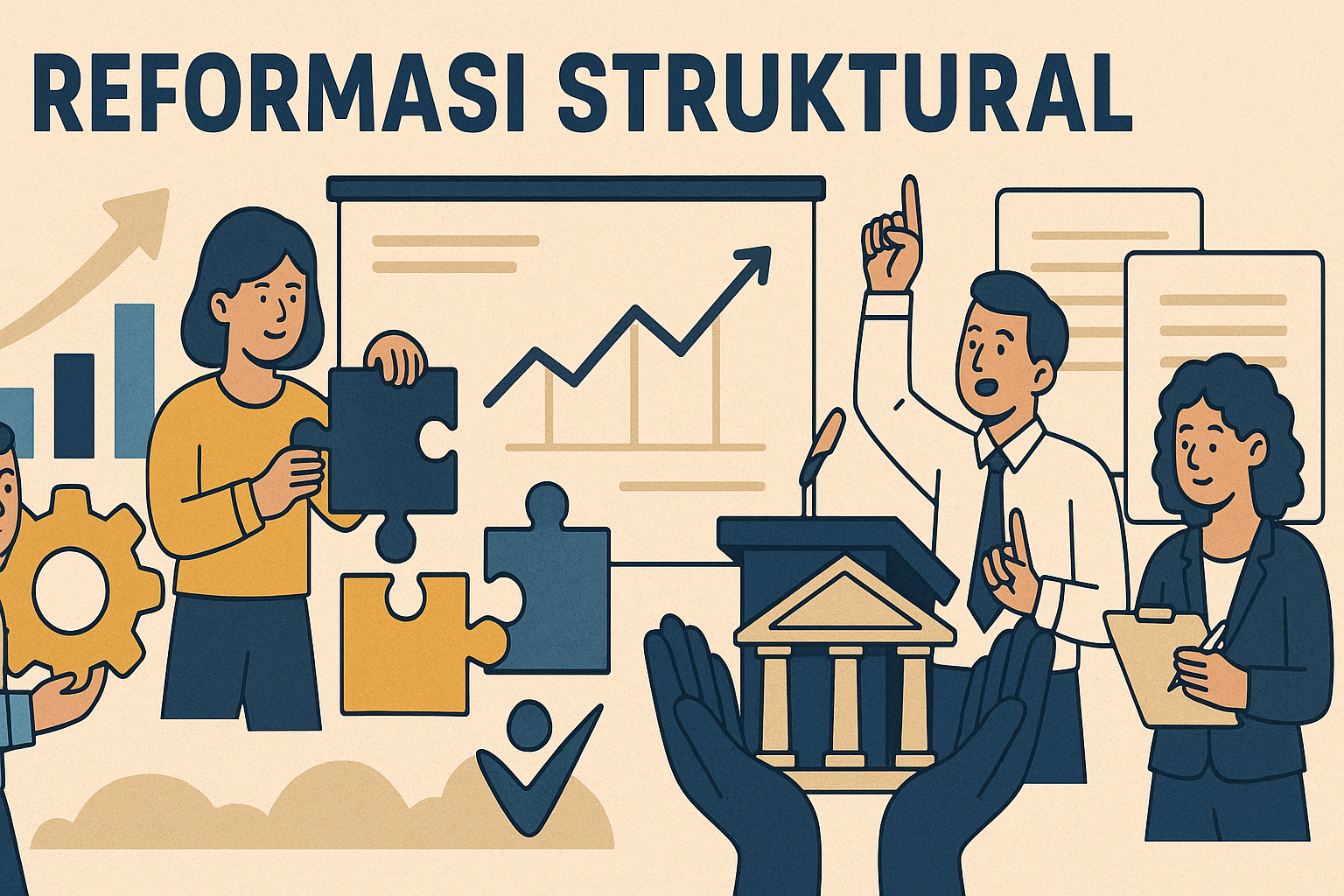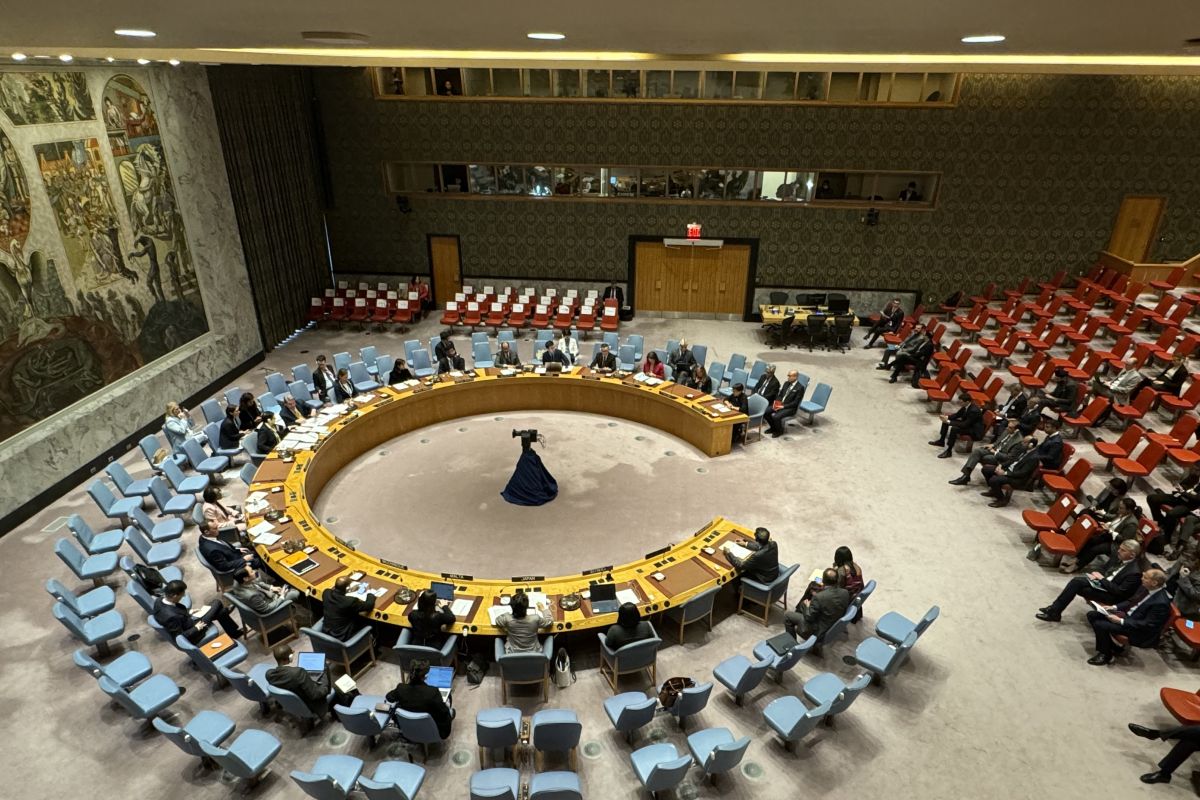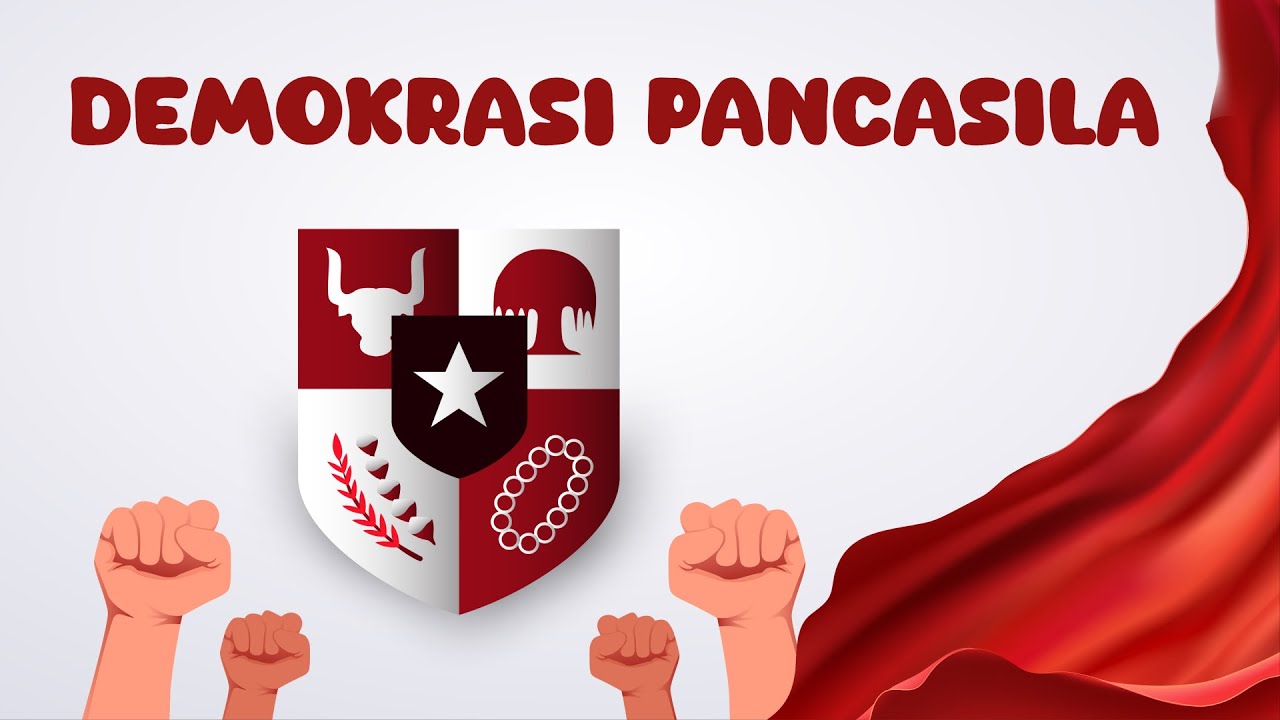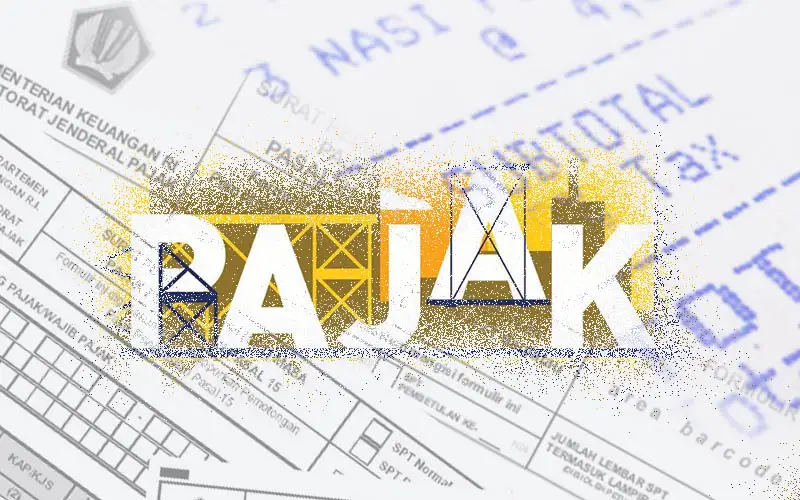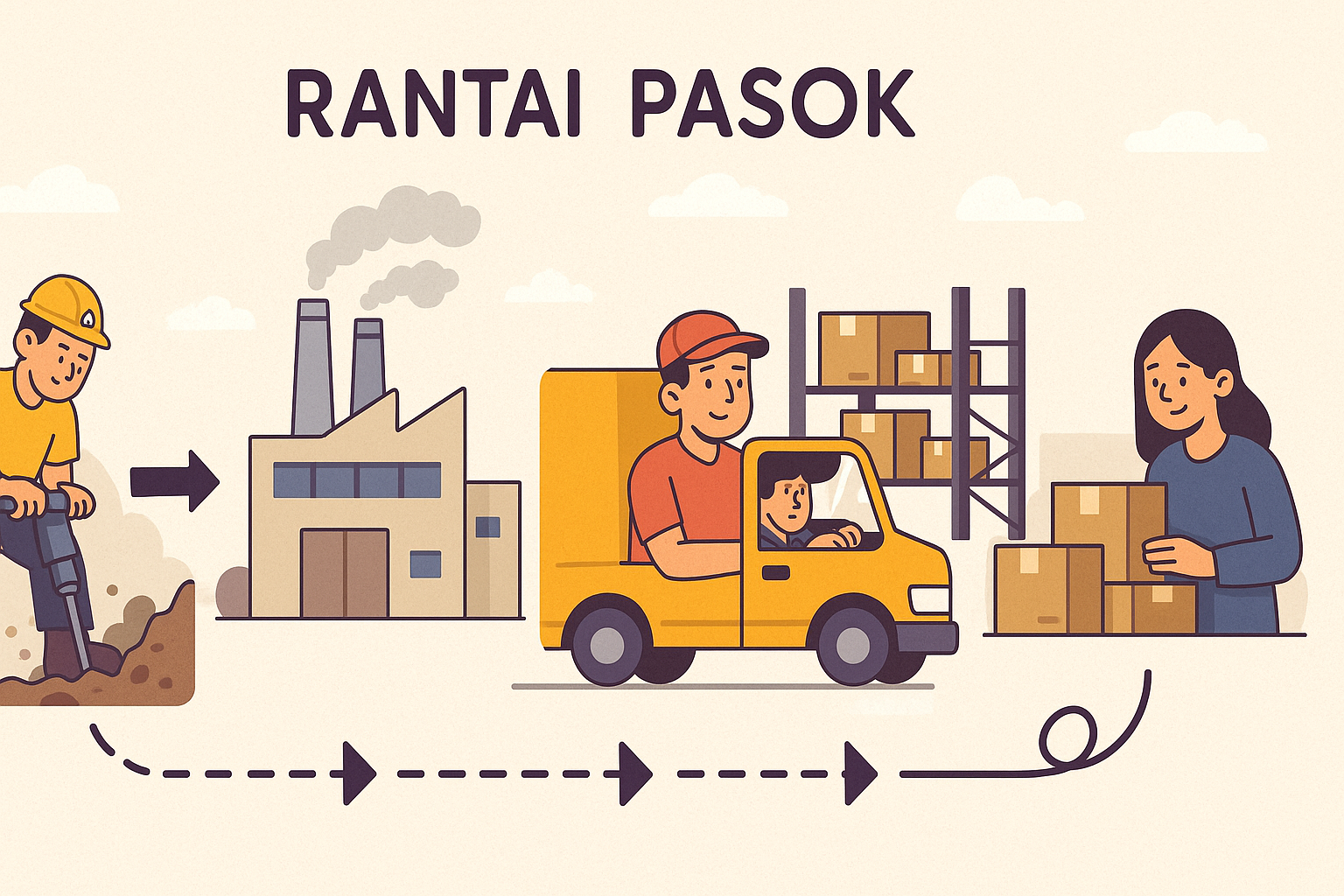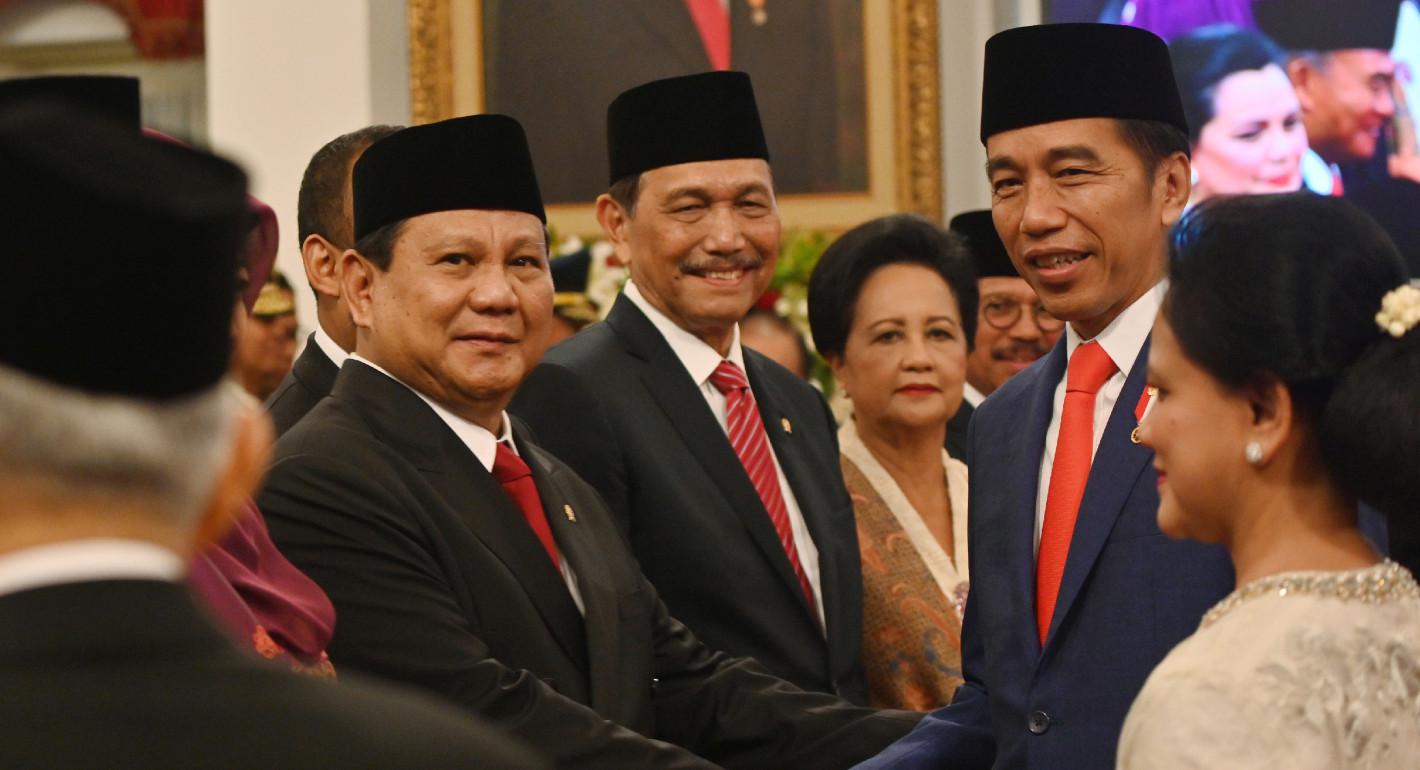Peacebuilding: Fostering Stability in Indonesia – Real Talk, True Impact
JAKARTA, turkeconom.com – Peacebuilding: Fostering Stability in Indonesia isn’t just some big, official program—it’s something I’ve actually felt and seen on the ground. I used to think peacebuilding was all about high-level politic moves, but oh man, was I wrong. Turns out, it starts way closer to home, and sometimes with random acts of kindness or tough conversations at coffee shops.
Introduction

Peacebuilding is the deliberate process of creating conditions for lasting peace by addressing the root causes of conflict, strengthening institutions, and promoting social cohesion. In Indonesia—a country of over 17,000 islands and 300 ethnic groups—peacebuilding is not just a lofty ideal but an urgent necessity. From the Aceh peace process to ongoing tensions in Papua, Indonesia’s journey toward stability illustrates both the complexity of building peace and the transformative power of local ownership.
True peacebuilding goes beyond ceasefires. It means rebuilding trust between communities and the state, empowering marginalized voices, and ensuring that economic and political opportunities are equitably shared. This article offers a candid look at Indonesia’s peacebuilding landscape. We will explore the historical and socio‐political drivers of conflict, unpack core principles, confront real challenges, highlight impactful initiatives, and propose a pragmatic roadmap for sustainable stability. Whether you are a policymaker, civil society leader, or concerned citizen, the lessons here can inform and inspire peacebuilding efforts across the archipelago.
Historical & Socio‐Political Context
Understanding Indonesia’s peacebuilding needs requires a brief review of its conflict hotspots and their underlying drivers:
- Aceh (1976–2005):
The Free Aceh Movement (GAM) waged a decades‐long insurgency against perceived economic and cultural marginalization. Heavy‐handed military responses exacerbated grievances, leading to widespread human rights abuses. The 2005 Helsinki Memorandum of Understanding marked a breakthrough, but the legacy of trauma and distrust lingers. - Papua & West Papua:
Rooted in contested integration and fears of resource exploitation, low‐intensity conflict persists. Military operations, restricted access for journalists, and under‐investment in social services have entrenched alienation among indigenous Papuans. - Ambon & Maluku (1999–2002):
Sectarian violence between Christian and Muslim communities displaced hundreds of thousands. Grassroots interfaith dialogues and the Ambon Peace Accord helped restore calm, but reconciliation remains incomplete. - Poverty & Inequality:
While Java and Bali have enjoyed rapid development, many outer islands face limited infrastructure, uneven access to education, and unemployment—factors that fuel resentment and opportunistic recruitment by armed groups.
These flashpoints demonstrate that sustainable peace requires more than military victories or one‐off agreements. It demands long‐term investments in social contracts, inclusive governance, and economic justice.
Core Principles of Peacebuilding
Effective peacebuilding rests on five interrelated pillars:
- Local Ownership
– Communities must lead in designing and implementing solutions. External actors can facilitate, but legitimacy stems from those directly affected. - Inclusive Dialogue
– Engaging diverse stakeholders—women, youth, religious minorities, ex‐combatants—ensures that agreements reflect the full range of interests and reduce spoilers. - Transitional Justice & Reconciliation
– Acknowledging past abuses, offering reparations, and promoting truth‐telling help rebuild trust and deter cycles of revenge. - Institutional Capacity Building
– Strengthening courts, police, and administrative bodies ensures that the rule of law applies equally to all citizens, breaking the impunity that fuels conflict. - Socio‐Economic Development
– Peace is fragile without livelihoods. Programs that boost education, healthcare, and micro‐enterprise mitigate drivers of violence and encourage cooperation.
By weaving these pillars together, peacebuilding transforms reactive conflict management into proactive conflict prevention.
Real Talk: Key Challenges in Indonesia
Despite progress, Indonesia faces persistent obstacles to peacebuilding:
- Fragmented Coordination:
Multiple ministries, security agencies, and NGOs often work in silos. Overlapping mandates and turf wars undermine coherent strategy. - Limited Dialogue Spaces:
In many regions, formal channels for dispute resolution are weak or mistrusted. Traditional institutions (e.g., adat councils) may lack recognition, while state forums feel top‐down. - Resource Constraints:
Budgets for peacebuilding and development remain insufficient, especially in remote provinces where logistical costs are high. - Elite Capture:
Political and economic elites sometimes exploit conflict‐resolution processes to consolidate power, sidelining genuine community priorities. - Cultural & Language Barriers:
Indonesia’s linguistic diversity complicates communication. A one-size-fits-all approach to peace messaging risks alienating local groups. - Residual Trauma:
Generations affected by violence carry psychological scars. Without adequate mental health support, victims’ distrust and fear can persist.
Addressing these challenges requires candid acknowledgment of systemic flaws and a commitment to iterative, context‐sensitive approaches.
True Impact: Successful Peacebuilding Initiatives
Several Indonesian-led and –supported initiatives demonstrate the potential of well-designed peacebuilding:
- Helsinki Peace Process (Aceh):
– Local civil society—such as the Aceh Women’s Association—played a pivotal role in shuttle diplomacy between GAM and Jakarta. The resulting 2005 accord included not only disarmament but also significant autonomy provisions and a multiparty local election framework. - Village Peace Committees in Maluku:
– After sectarian clashes, grassroots committees composed of religious leaders and youth organizers held regular interfaith dialogues. Their work led to community‐driven reconciliation festivals and joint economic ventures, reducing tensions and rebuilding trust. - Papuan Regional Autonomy Package:
– While imperfect, the special autonomy law (2001, strengthened in 2021) redirected a percentage of resource revenues to indigenous-led development projects. Some districts have successfully funded scholarships for Papuan students and small‐business grants, though oversight remains critical. - Restorative Justice Courts:
– Pilot programs in Central Sulawesi have experimented with community-based mediation for low‐level crimes, integrating customary adat practices with formal legal mechanisms. This hybrid model speeds up case resolution and respects local norms.
These case studies illustrate that when peacebuilding is locally driven, adaptable, and sufficiently resourced, it can yield measurable improvements in security, trust, and livelihoods.
Roadmap: Practical Strategies for Sustainable Peace
To deepen and scale peacebuilding across Indonesia, stakeholders can adopt the following strategies:
- Establish a National Peacebuilding Commission:
– Mandate: Coordinate policies, pool resources, and standardize best practices.
– Feature: Regional chapters in conflict‐affected provinces to maintain local insights. - Invest in Community‐Led Dialogue Platforms:
– Action: Provide grants and training for village peace forums, youth ambassador programs, and women’s reconciliation circles.
– Outcome: Channels for early warning, conflict mediation, and collaborative problem-solving. - Integrate Mental Health and Trauma Healing:
– Action: Embed psychosocial support into transitional justice and development projects, partnering with local healers and NGOs.
– Outcome: Reduces stigma, fosters resilience, and prevents intergenerational trauma. - Leverage Technology for Inclusion:
– Action: Use mobile apps and SMS platforms to gather real-time feedback on grievances, track incidents, and broadcast peace messages in local languages.
– Outcome: Enhances transparency and empowers remote communities. - Align Development with Peace Objectives:
– Action: Prioritize infrastructure projects (roads, schools, clinics) in former conflict zones, coupled with vocational training and microfinance.
– Outcome: Tackles economic marginalization, the root of many disputes. - Strengthen Monitoring & Evaluation:
– Action: Develop clear indicators—security incidents, trust surveys, economic metrics—and conduct regular independent assessments.
– Outcome: Enables course corrections and ensures accountability.
By operationalizing these strategies, Indonesia can transform sporadic successes into a coherent national peacebuilding architecture.
Conclusion
Indonesia’s diverse archipelago poses unique peacebuilding challenges—and equally unique opportunities. Real impact arises when local communities lead, institutions collaborate seamlessly, and investments target both minds and material conditions. By learning from Aceh, Maluku, Papua, and beyond—and by institutionalizing best practices through a national commission, dialogue platforms, and integrated development—Indonesia can build enduring stability. Peacebuilding is not a one‐time project but a continuous process of dialogue, justice, and shared growth. Embracing this journey with honesty and determination will foster a more resilient, inclusive, and peaceful Indonesia for generations to come.
Sharpen Your Skills: Delve into Our Expertise on Politic
Check Out Our Latest Piece on Transitional Justice: Addressing Past Wrongs in Indonesia!

